Medical Imaging Techniques: X-ray, MRI, and Ultrasound Report
VerifiedAdded on 2020/03/23
|7
|1113
|69
Report
AI Summary
This report provides an analysis of various medical imaging techniques, specifically focusing on X-ray, CT scans, MRI, and ultrasound. The report begins by describing the characteristics and applications of each imaging modality, highlighting their strengths in different diagnostic scenarios. The author selects and discusses specific images, emphasizing their clarity and diagnostic value, including different body angles and views. The report then delves into the advancements and future developments in medical imaging, addressing both the benefits and potential drawbacks of each technology, such as safety concerns related to radiation exposure in X-rays and the need for safer alternatives like improved MRI and ultrasound technologies. The importance of image quality and its impact on the diagnostic process is also emphasized, suggesting a focus on enhancing the quality of medical imaging to improve patient care. The report concludes by underscoring the transformative impact of medical imaging on the field of medicine and the potential for future advancements to improve the quality and safety of these technologies.
1 out of 7
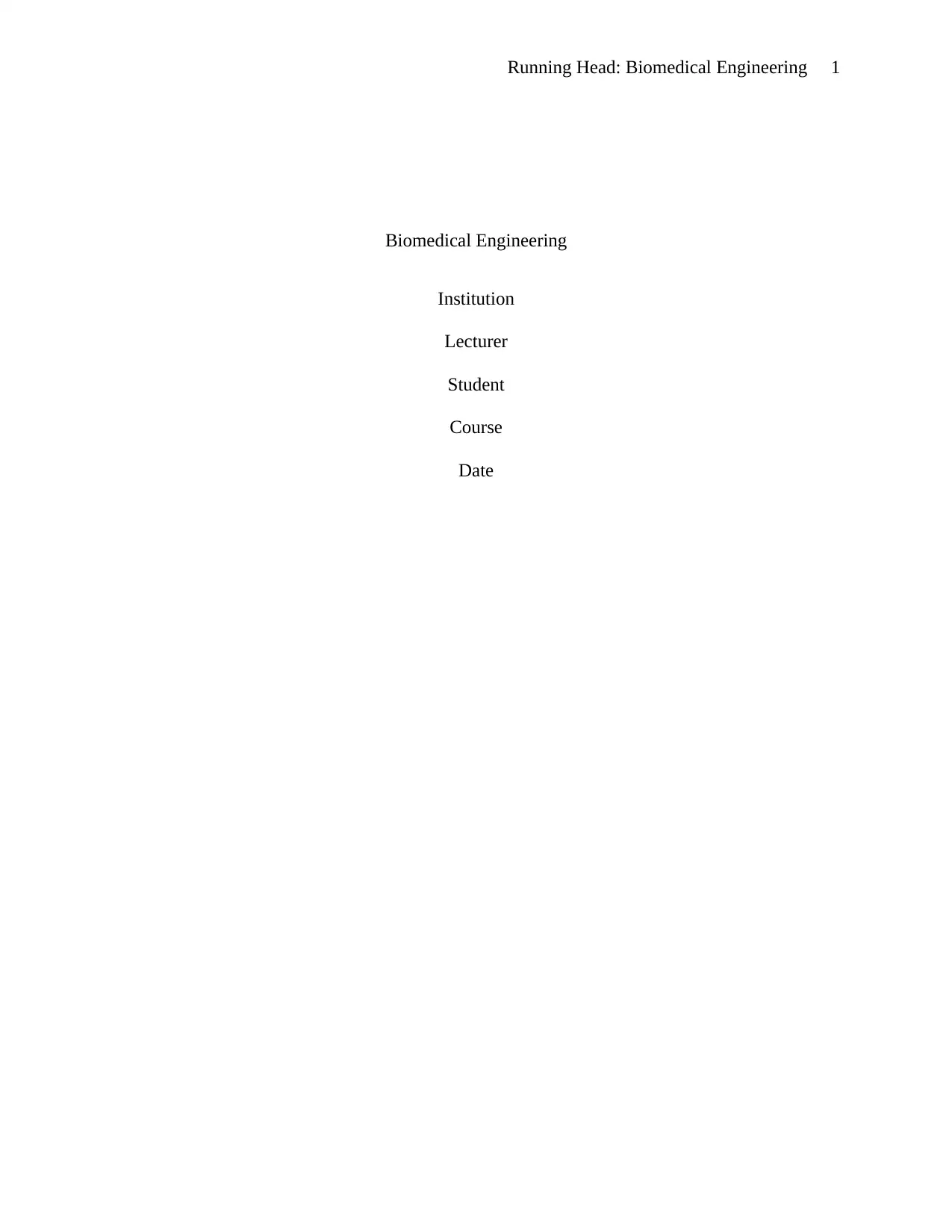

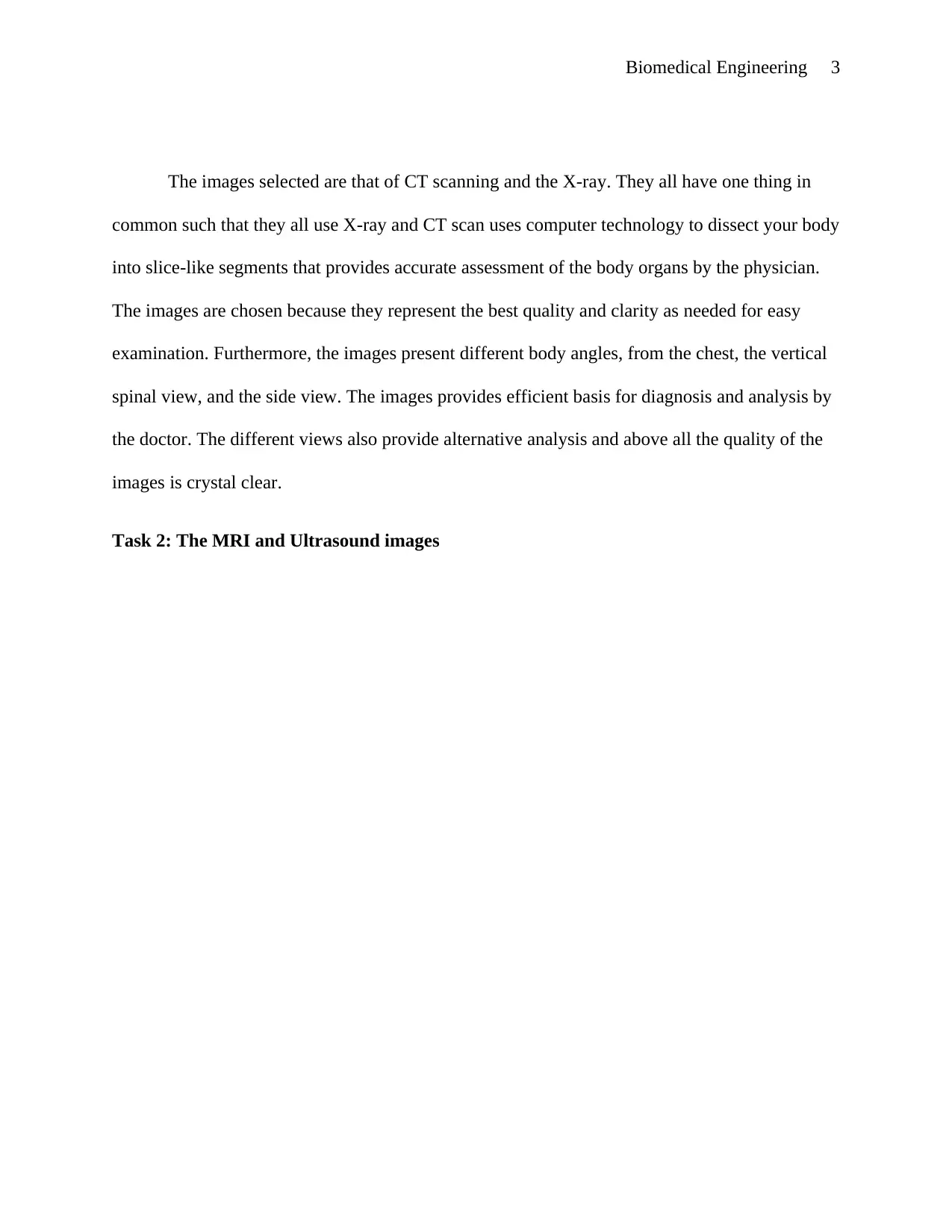

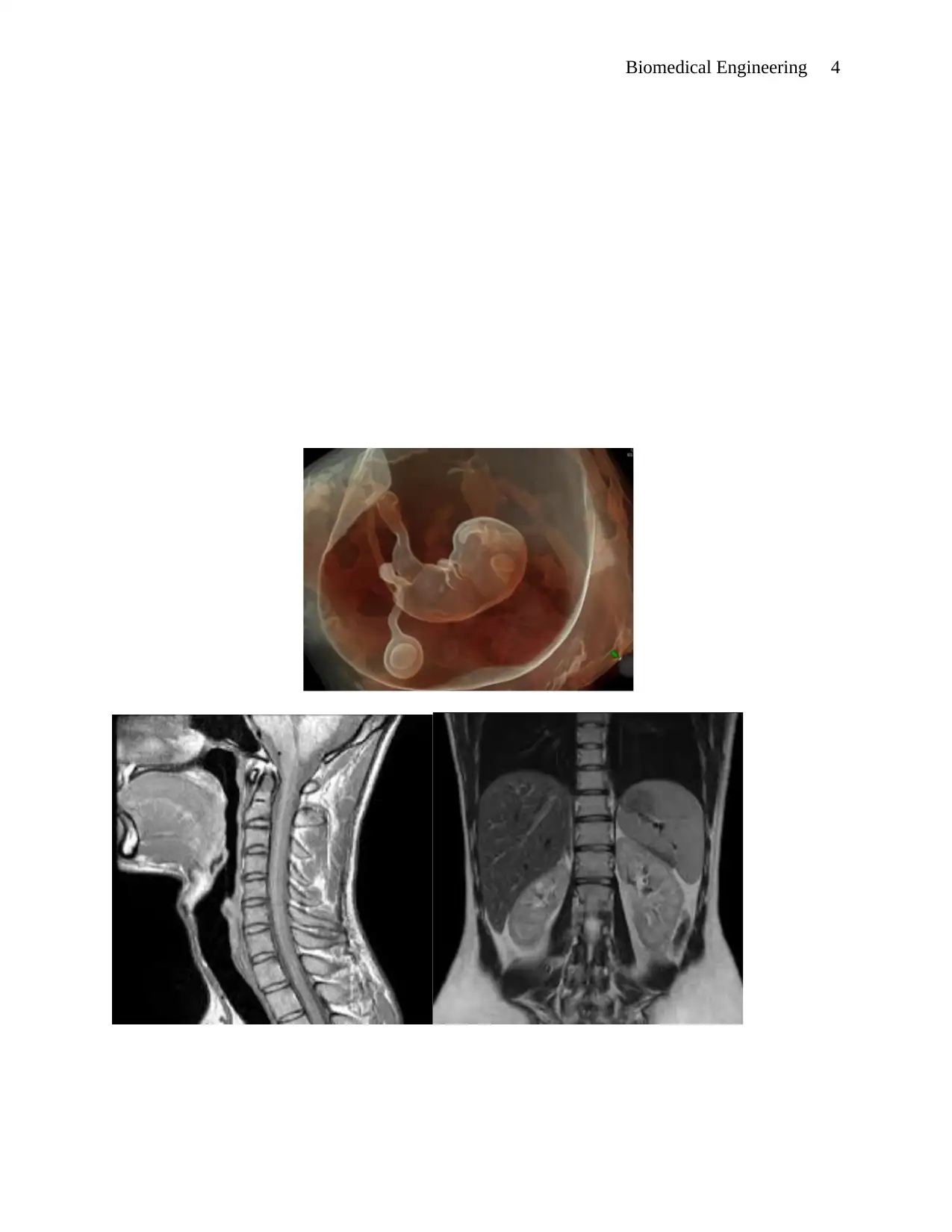
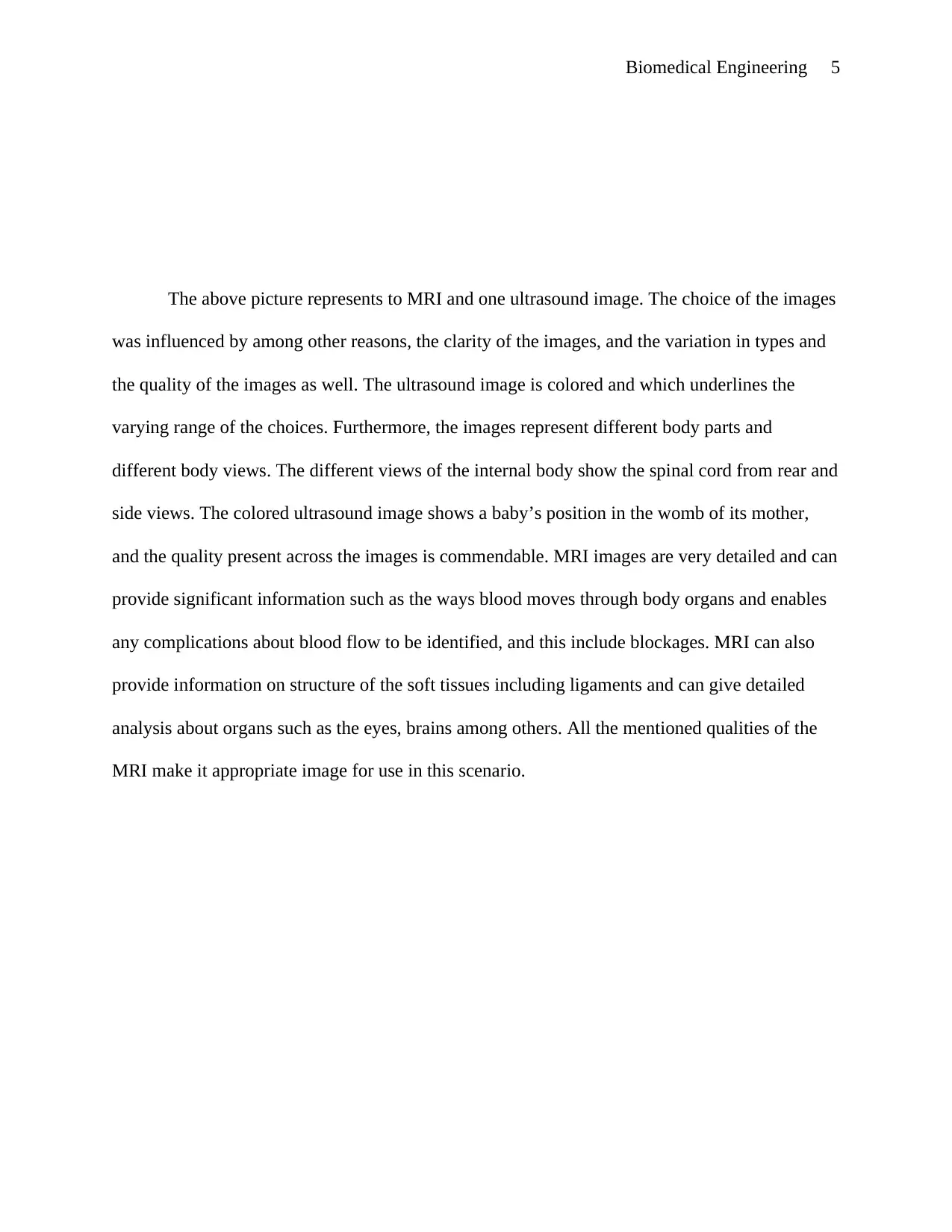
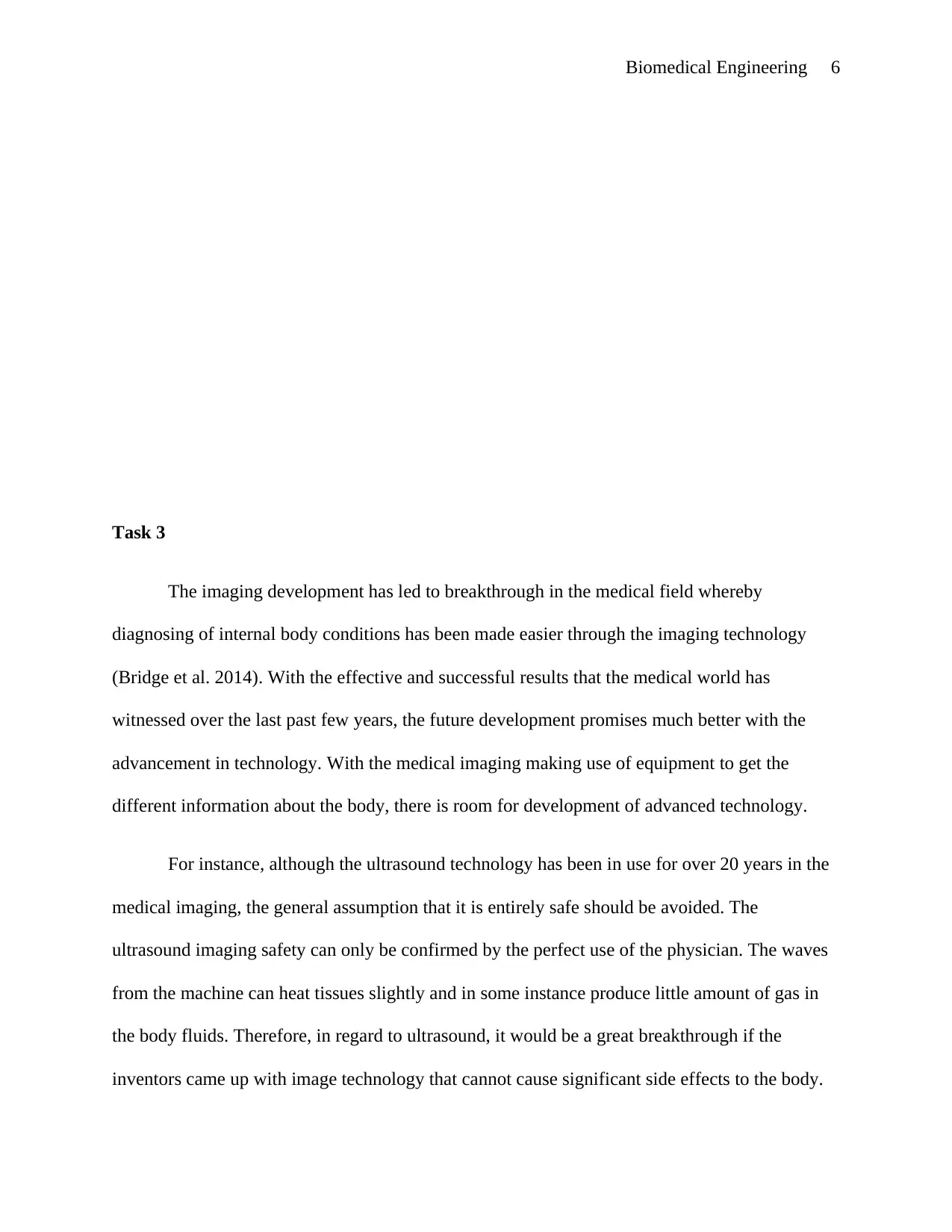
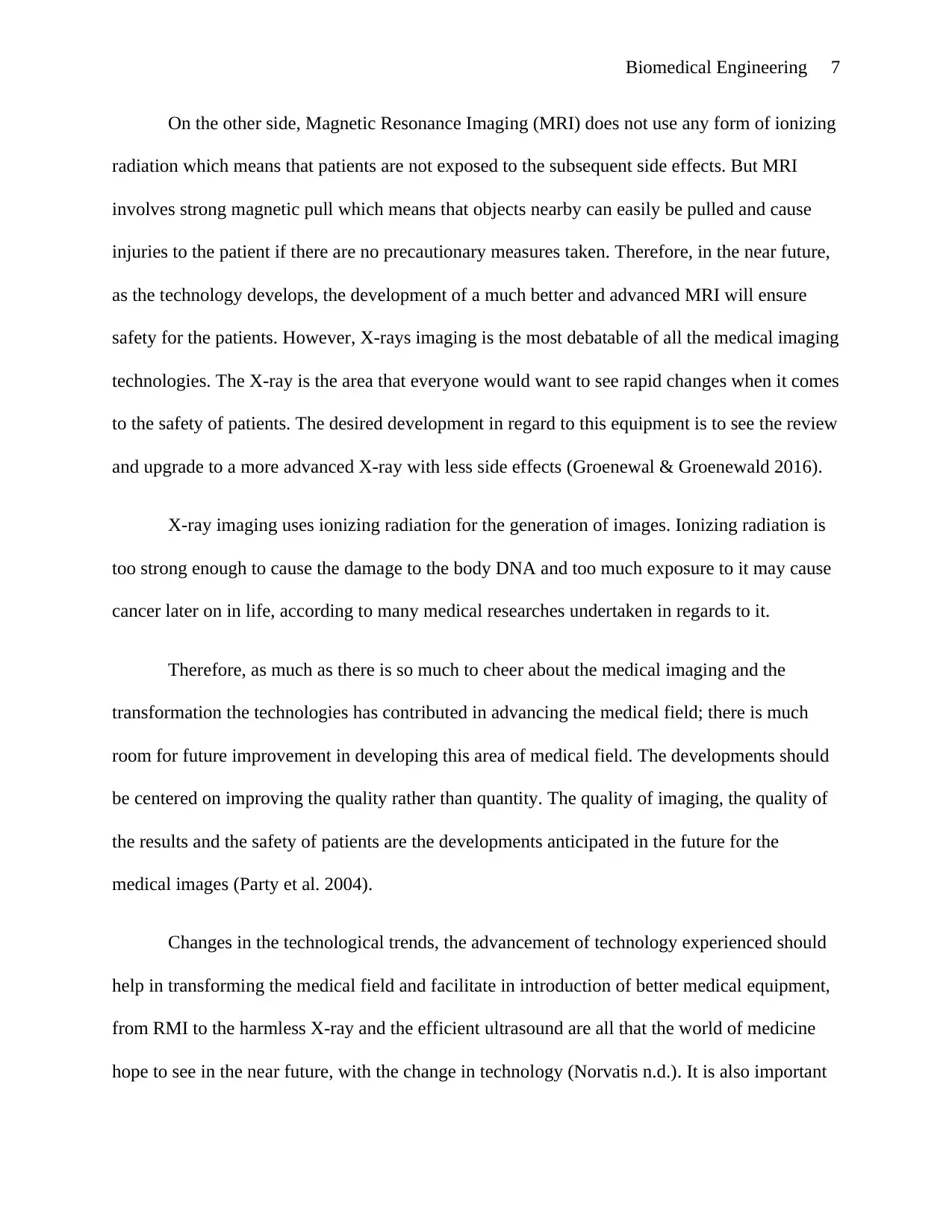






![[object Object]](/_next/static/media/star-bottom.7253800d.svg)